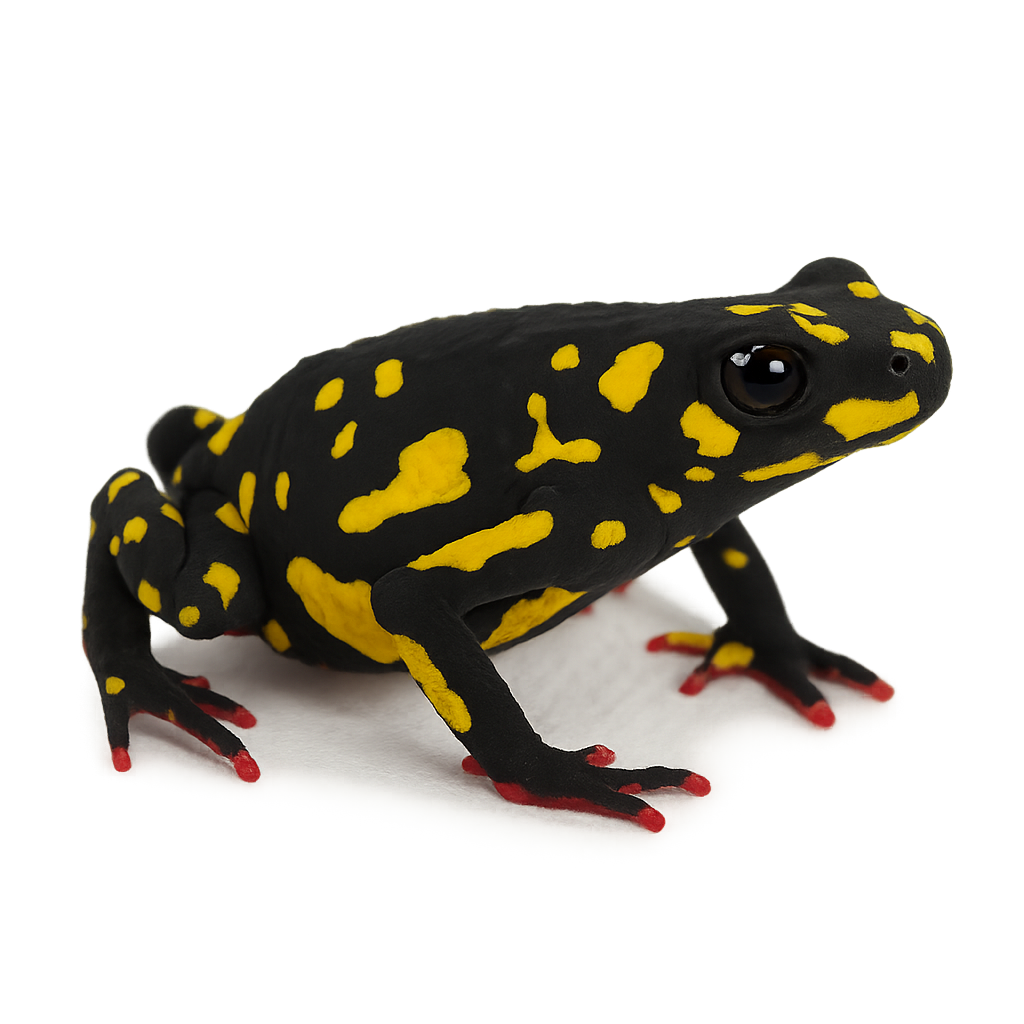Your wildlife photography guide.
Explore the redbelly toad in detail, study its behavior, prepare your shots.
Where to observe and photograph the redbelly toad in the wild
Learn where and when to spot the redbelly toad in the wild, how to identify the species based on distinctive features, and what natural environments it inhabits. The WildlifePhotographer app offers tailored photography tips that reflect the redbelly toad’s behavior, helping you capture better wildlife images. Explore the full species profile for key information including description, habitat, active periods, and approach techniques.
Redbelly Toad
Scientific name: Melanophryniscus stelzneri

IUCN Status: Least Concern
Family: BUFONIDAE
Group: Amphibians
Sensitivity to human approach: Suspicious
Minimum approach distance: 2 m
Reproduction period: October to December
Incubation: 12–18 jours
Births: November to January
Habitat:
Rainforests, wet grasslands
Activity period :
Primarily active during the day, with peak activity in the morning and late afternoon.
Identification and description:
Melanophryniscus stelzneri is a small, colorful toad native to South America, primarily found in Argentina and Brazil. Its skin is often black with red or yellow patterns, allowing it to blend into its natural environment. This toad is known for its unique defense behaviors, such as inflating its body to appear larger to predators. It prefers humid habitats like rainforests and wet grasslands, where it can hide under leaves and rocks. Although its population is stable, it is threatened by habitat loss due to agriculture and urbanization.
Recommended lens:
Macro – adjust based on distance, desired framing (portrait or habitat), and approach conditions.
Photography tips:
To photograph the Redbelly Toad, choose cloudy days to avoid harsh shadows and achieve soft lighting. Use a macro lens to capture the details of its colorful skin. Approach slowly to avoid scaring it, and maintain a distance of at least 2 m to avoid disturbing its natural behavior. A tripod can be useful to stabilize your camera and get sharp images. Be patient and wait for it to move naturally to capture interesting poses.
From knowledge to field practice
A species profile helps you understand an animal. In the field, the challenge is often different. Remembering your own observations.
The WildlifePhotographer app allows you to:
• record your personal observations
• note locations, dates, and behaviors
• revisit your field references over time
• build a private and long-term field logbook
The app does not provide observation locations.
It helps you organize what you actually observe, with respect for wildlife.

